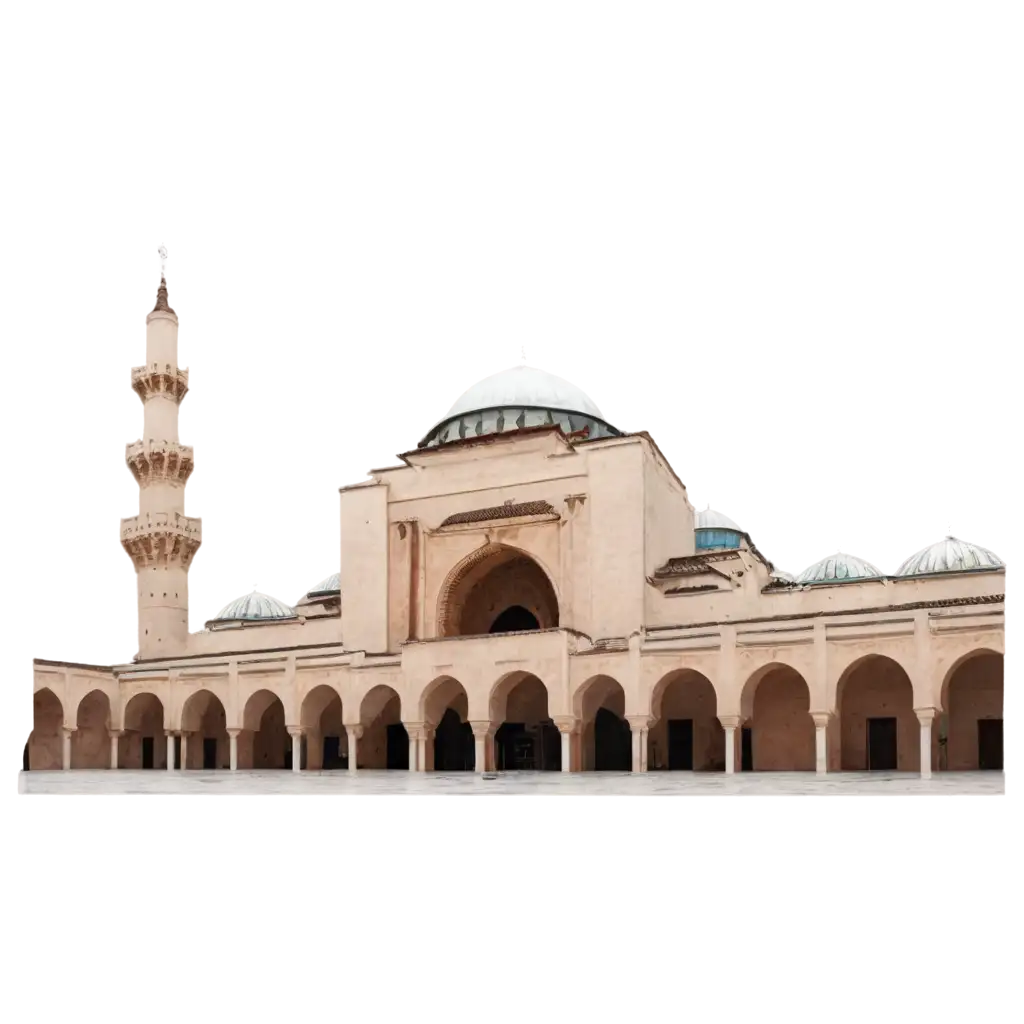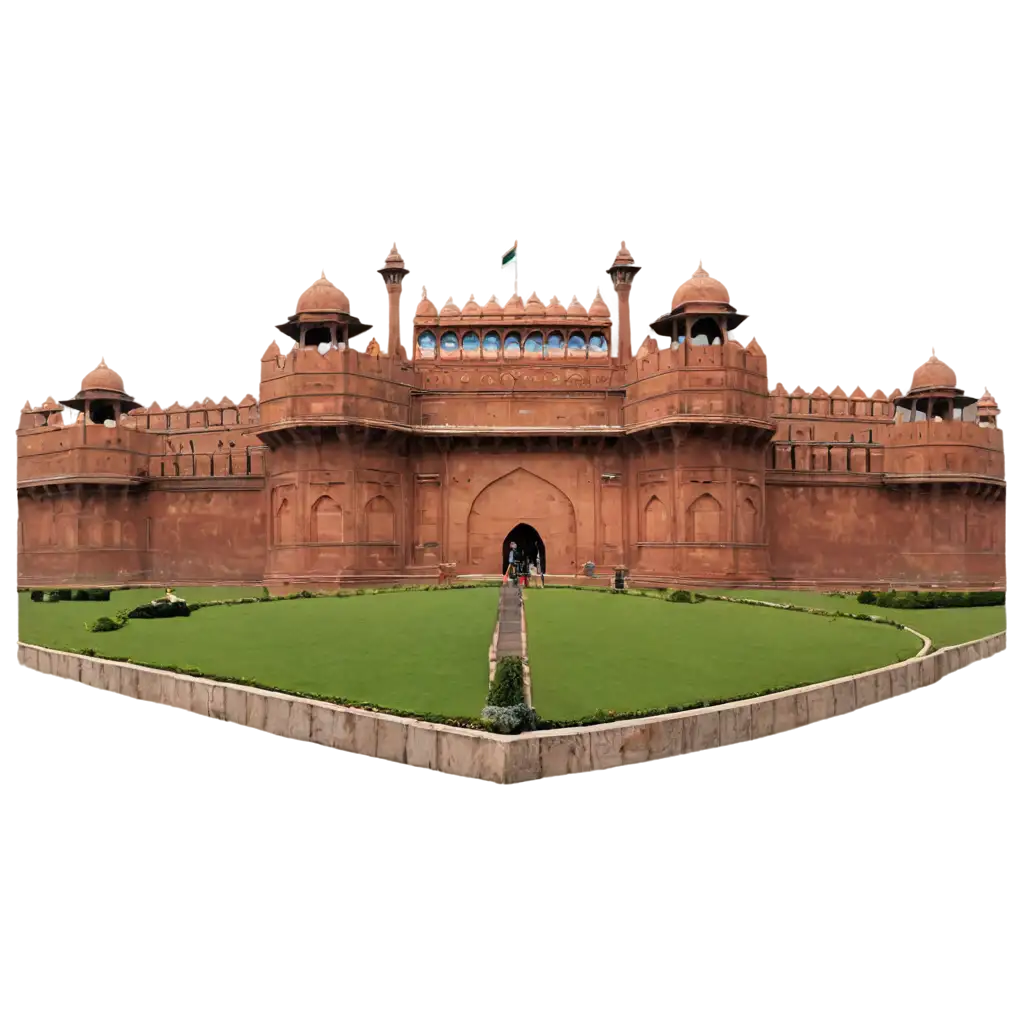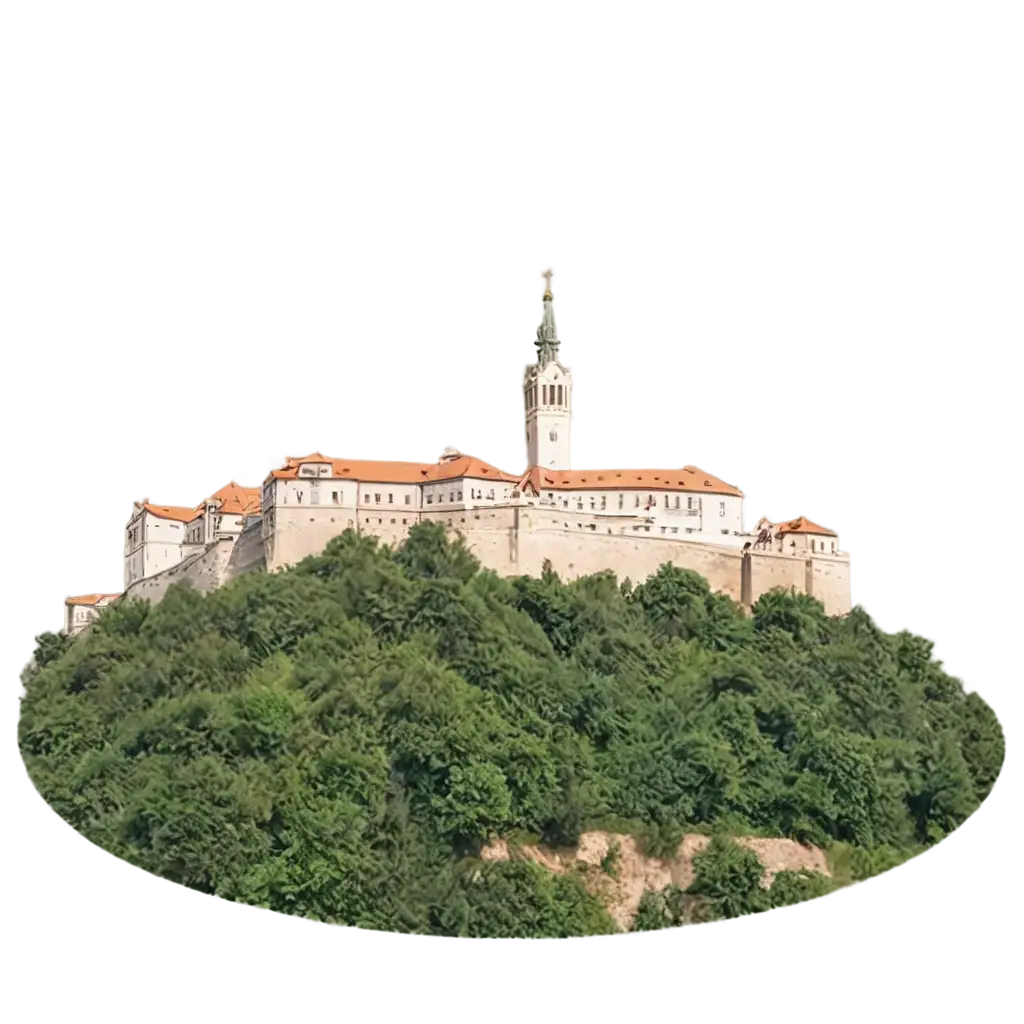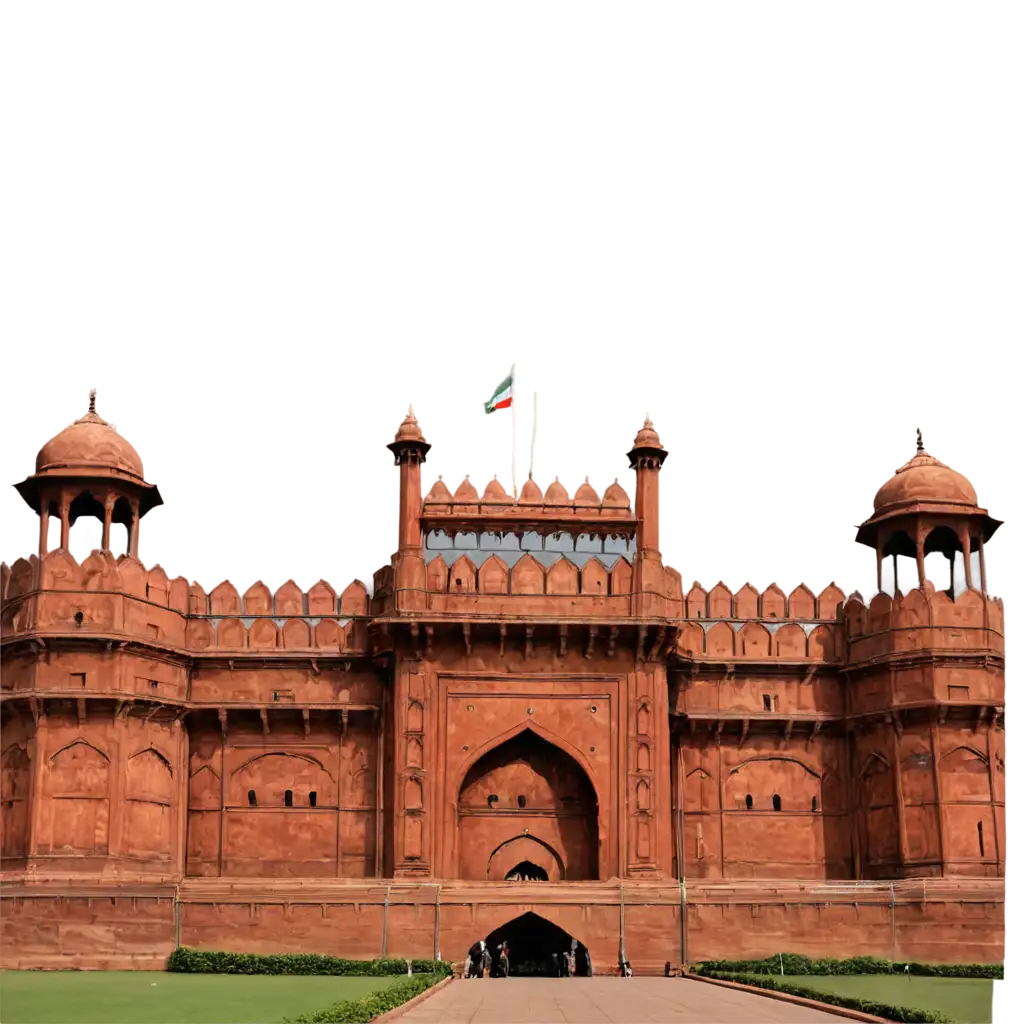19 Free Cultural Tourism transparent PNG images
Welcome to our Cultural Tourism image collection, featuring 19 free AI-generated images. Explore a diverse array of stock photos, 3D objects, vectors, and illustrations showcasing the rich cultural heritage and traditions around the world. Enjoy high-resolution downloads and use our 'open in editor' feature to customize prompts for regenerating your desired image.



















Related Tags
Cultural tourism refers to the exploration and experience of a destination's unique cultural elements, such as its art, architecture, history, traditions, and way of life. It allows travelers to immerse themselves in the local culture and gain a deeper understanding of the people, their heritage, and the factors that shape their identity. Cultural tourism has a long-standing history, with roots tracing back to the 17th century when the wealthy European elite would embark on 'Grand Tours' to experience the art, literature, and cultural landmarks of various countries. Over time, this niche form of travel has evolved and gained mainstream popularity as an essential part of the tourism industry.
Definition and Background of Cultural Tourism
Cultural tourism encompasses a wide range of activities and experiences, including visiting historical sites, museums, art galleries, and cultural festivals; participating in traditional ceremonies and workshops; and exploring local cuisine, handicrafts, and performing arts. These activities not only provide educational and enriching experiences for travelers but also support the preservation and promotion of the host community's cultural heritage. Cultural tourism can take various forms, such as heritage tourism, religious tourism, gastronomic tourism, and even volunteer tourism, where travelers actively engage in cultural exchange and preservation efforts.
Characteristics and Applications of Cultural Tourism
Some of the world's most renowned cultural tourism destinations include ancient cities like Rome, Athens, and Cairo, which offer a wealth of historical landmarks and archaeological sites. In Asia, destinations like Bali, Kyoto, and Bhutan are renowned for their unique cultural practices, traditional architecture, and spiritual traditions. In the Americas, Peru's Machu Picchu and Mexico's Chichen Itza are iconic examples of pre-Columbian cultural heritage. Cultural tourism also extends to indigenous communities, such as the Maori of New Zealand and the Masai of Kenya, where travelers can immerse themselves in traditional ways of life.
Notable Cultural Tourism Destinations and Experiences
While cultural tourism can bring economic benefits to host communities through increased revenue and job opportunities, it also carries the responsibility of preserving and respecting the local culture. Responsible cultural tourism aims to minimize the negative impacts, such as the commercialization or exploitation of cultural practices, and instead promotes sustainable development that empowers and benefits the local population. This includes initiatives like community-based tourism, where travelers engage directly with locals, and eco-cultural tourism, which integrates environmental conservation with cultural preservation.
The Impact of Cultural Tourism on Local Communities